We have, over several years, spent many hours rapt with attention, and in admiration of Alastair Meredith's vast knowledge and depth of insight into South African contemporary art. Add to that his ability to share his knowledge in a way that always takes the listener along with him. Meredith is the head of department, a senior art specialist, and an auctioneer at Strauss & Co, one of South Africa's leading fine art auction houses. For the past decade, Meredith has handled works by leading South African artists J.H. Pierneef (who he affectionately calls "Henk"), Ernest Mancoba, George Pemba, and Gladys Mgudlandlu, amongst other legendary figures.
Part of his work spearheads an ongoing initiative to champion neglected 20th-century artists and stylistic movements, at auction and through museum-type (non-selling) exhibitions at Strauss & Co's Houghton showroom. This project has been remarkable in bringing to light the work of artists who never received the recognition they deserved in their lifetime.
Meredith holds a Bachelor of Arts in art history and English literature from the University of Edinburgh, and he completed his Master's and Doctoral degrees at Cambridge University. His PhD research into the life and work of Cape Town-born painter Jan Juta put him on Strauss & Co's radar in 2014, and he was offered a position soon after. His sensitivity as a researcher makes him brilliant at contextualising artworks, bringing the winding and often surprising journeys of artworks to life in his role as an auctioneer.
We spoke to Meredith about working with museum-quality art, growing up in Joburg, the beauty of Highveld winters, and pizza in Parkview.
"What makes someone a Joburger? A predilection for bending the rules."
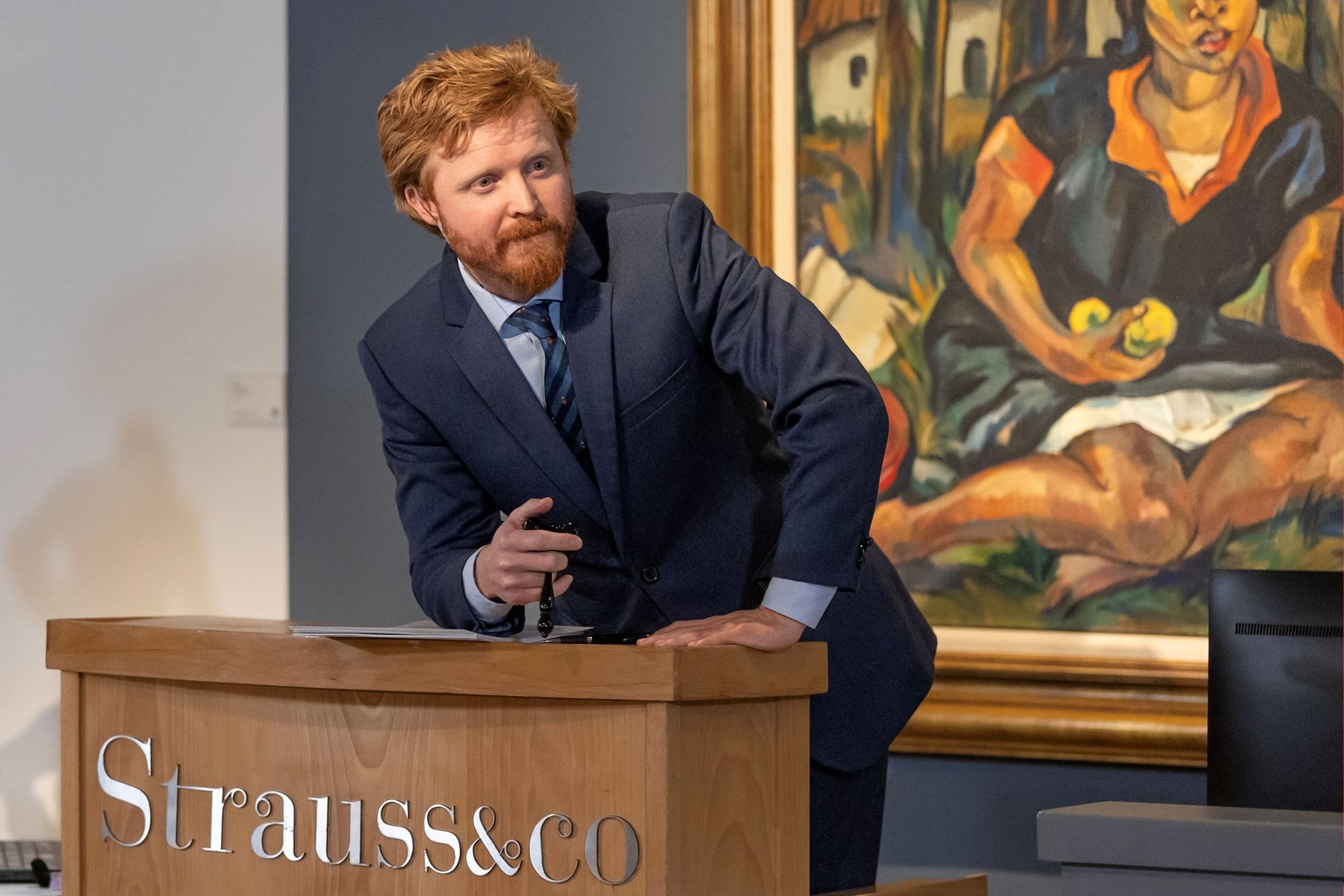
What makes Joburg the place you choose to call home?
I grew up here and have wonderful memories and associations with the city. I’m quite proud of the trepidation it evokes in my friends abroad.
You've been with Strauss & Co since 2014, which marks a decade of engaging with pivotal South African art and artists on a daily basis. What has this meant to you?
I’ve been rather lucky to handle museum-grade South African pictures over the past decade. We have the most fabulous tradition of art-making in this country, and it’s a privilege to work in the industry. Against our country’s rich and complex history, contextualising pictures, and bringing them to life, is so rewarding. I’m also grateful to be able to assess masterpieces close-up and first-hand: previously, as an art historian based in the UK, my understanding came from images in textbooks and auction catalogues.
"We have the most fabulous tradition of art-making in this country, and it’s a privilege to work in the industry."
What are two stand-out works?
Farm Jonkershoek with Twin Peaks Beyond, Stellenbosch by Henk Pierneef, must be one of them. It was painted in 1928, shortly after the artist returned from a study trip to Europe. Made up of shards of electric pink and lavender, and designed with an Art Nouveau flair, it was wildly avant-garde for Pretoria gallery-goers. The fact that we pulled the painting from under the owner’s bed, and sold it for more than R20 million in 2017, makes it extra special to me. It really had knockout wall power.
Another special painting is Dorothy Kay’s Hairdryer, Rome. Kay was an astonishing artist and should be a household name in South Africa. This Renaissance-style portrait is witty and gorgeously painted: I can’t believe it comes from 1955. While the work remains in a private collection, it recently appeared in one of our non-selling exhibitions alongside works by Mary Sibande.
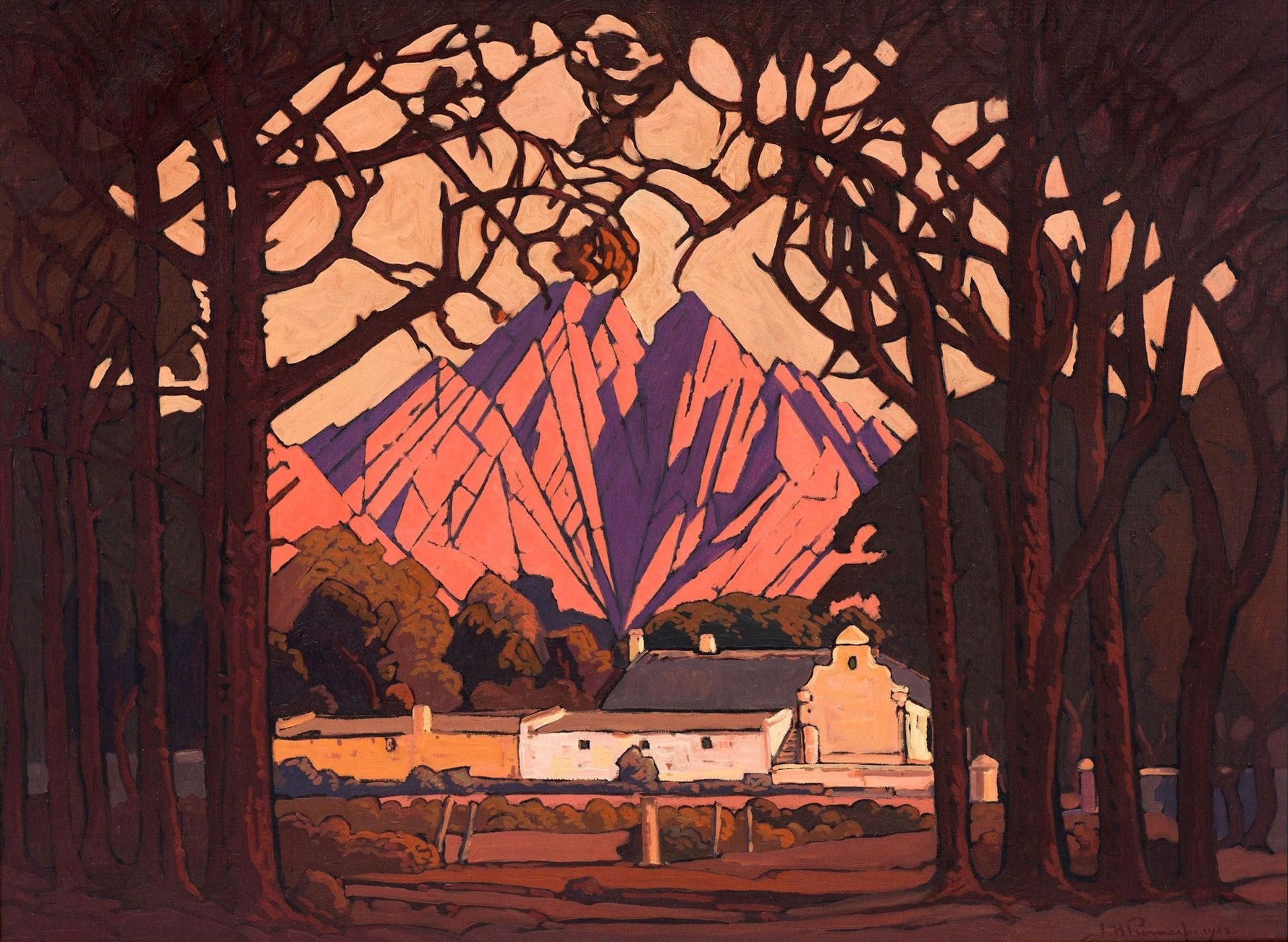
Something you're passionate about is bringing the works of lesser-known South African artists to the fore. What are the challenges around this in the world of art auctions?
I’m certainly very keen to shine a light on little-known or underappreciated South African artists. With so much talent around, so many important artists, groups, and movements have been overlooked. A significant challenge in this regard is education and literature: there are far too few serious art historians working on South African topics. When it comes to auctions specifically, the likelihood that unfamiliar artists come with low price tags and a lack of auction history makes convincing collectors of their value rather difficult.
Tell us about the shift you've seen in who is considered canon and what people are looking to bid on in the past decade, and what this means for our country's art heritage.
It’s exciting that our canon is expanding. There is currently huge interest in the so-called black modernists. Artists such as Moses Tladi, Ernest Mancoba, Gerard Sekoto, George Pemba, Sydney Kumalo, Ezrom Legae, Dumile Feni, and Gladys Mgudlandlu, to name just a few, have now been better written into the story of South African art. Demand for their work, both locally and abroad, is surging, and the prospect of seeing it integrated into a more international discourse is very exciting indeed. Momentum is building: examples by 12 South African artists are currently hanging in the main exhibition at the Venice Biennale.
"Due to the cultural embargo during the apartheid years, so many of our modernist masters were denied an international platform. This is changing slowly, thankfully."
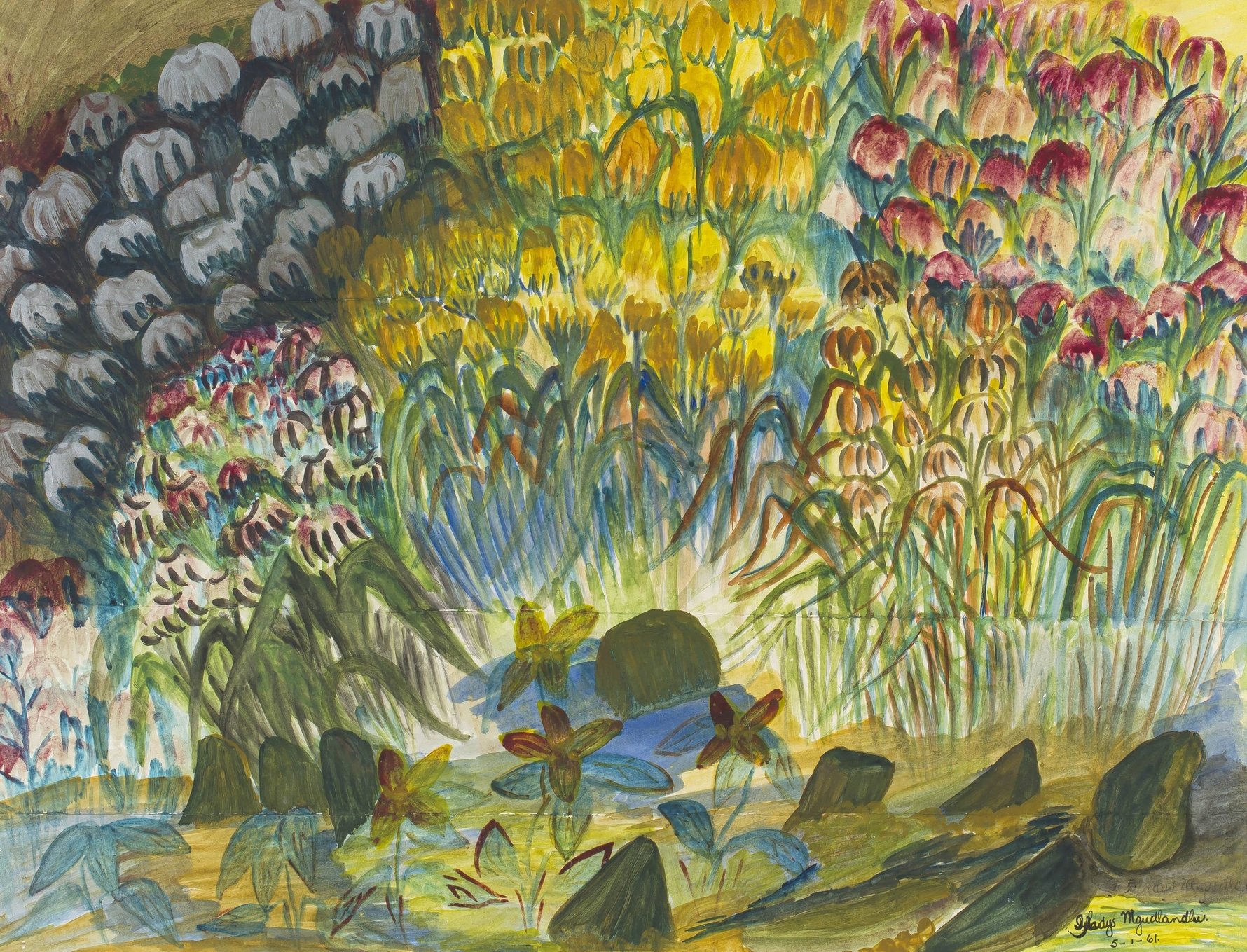
What is it about South African Modernist art that so fascinates you?
The world-class standard. Due to the cultural embargo during the apartheid years, so many of our Modernist masters were denied an international platform. This is changing slowly, thankfully.
How do you understand the role of art and artists in society?
Art might seem a luxury in a country with so many serious issues, but art promotes innovation, sparks debate, and brings joy.
What is one of the most unexpected aspects of the work you do?
I’m always surprised by the provenance of artworks – they have a life of their own.
"Art might seem a luxury in a country with so many serious issues, but art promotes innovation, sparks debate, and brings joy."
When you're not at Strauss, what can you be found doing?
Walking with Joyce, Mumford, and Captain Haddock, our three dogs.
What is a surprising thing people might learn about Joburg by having a conversation with you?
They might learn a bit about the history of equestrian Joburg. I’ve accidentally absorbed this from my family and fiancée.
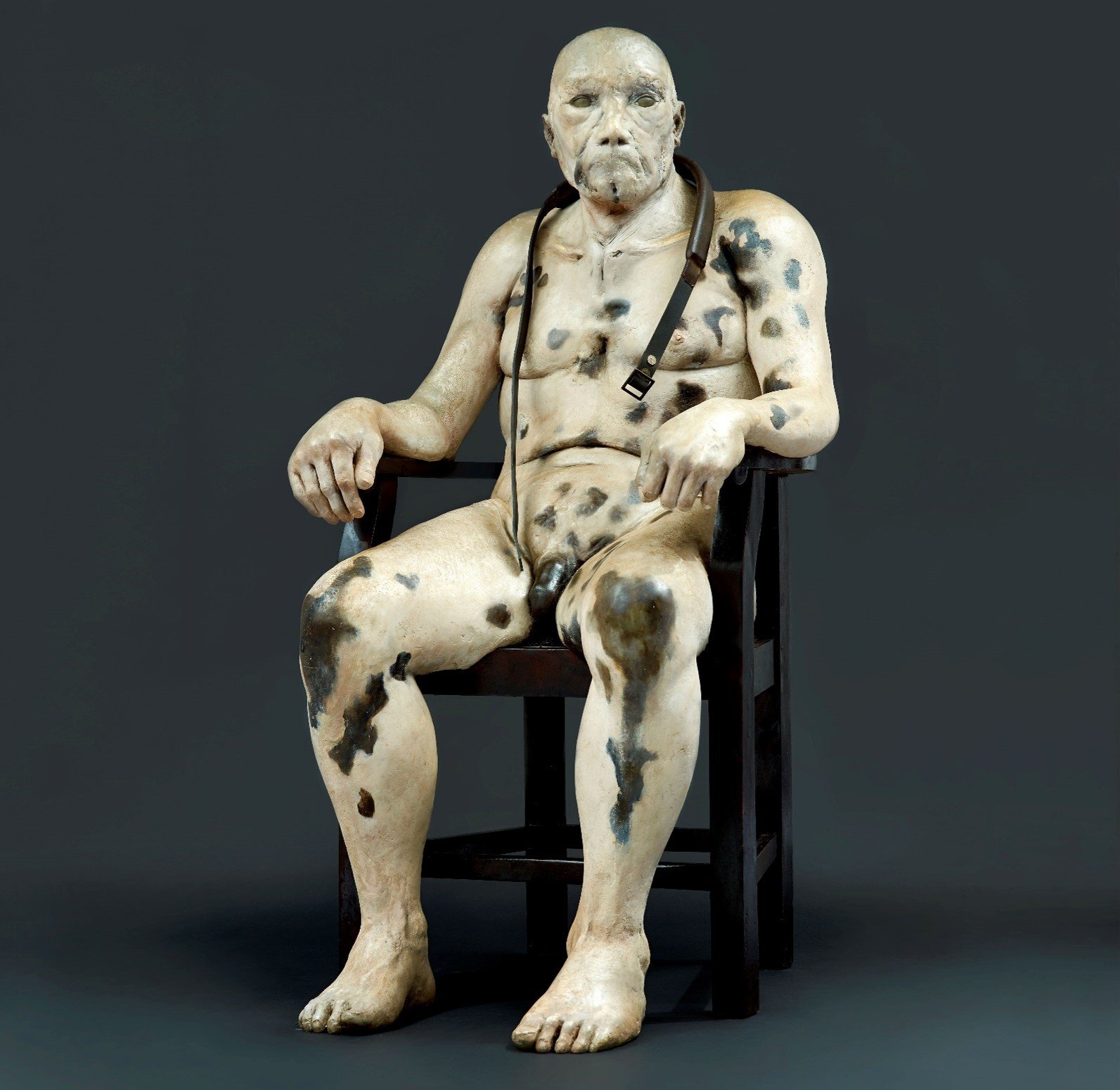
Most iconic Joburg artist or artwork?
Jane Alexander’s untitled sculpture, exhibited during her graduate show at the Market Gallery in 1986, and set up opposite her famous Butcher Boys. Bruised, mute, and cadaverous, the figure was disturbingly symbolic of the socio-political moment and remains just as imposing and urgent today. It was bought in 1986 by a Wits undergraduate student, incidentally, and paid off monthly with pocket money. It set the auction record for a contemporary South African sculpture when we sold it a decade ago.
Your favourite Joburg author or favourite Joburg book?
David Goldblatt’s On the Mines. But my favourite Joburg book collector is Jack Ginsberg. Joburgers are so lucky to have access to the Jack Ginsberg Centre for the Book Arts at the Wits Art Museum (WAM), which houses one of the world’s greatest collections of artists’ books.
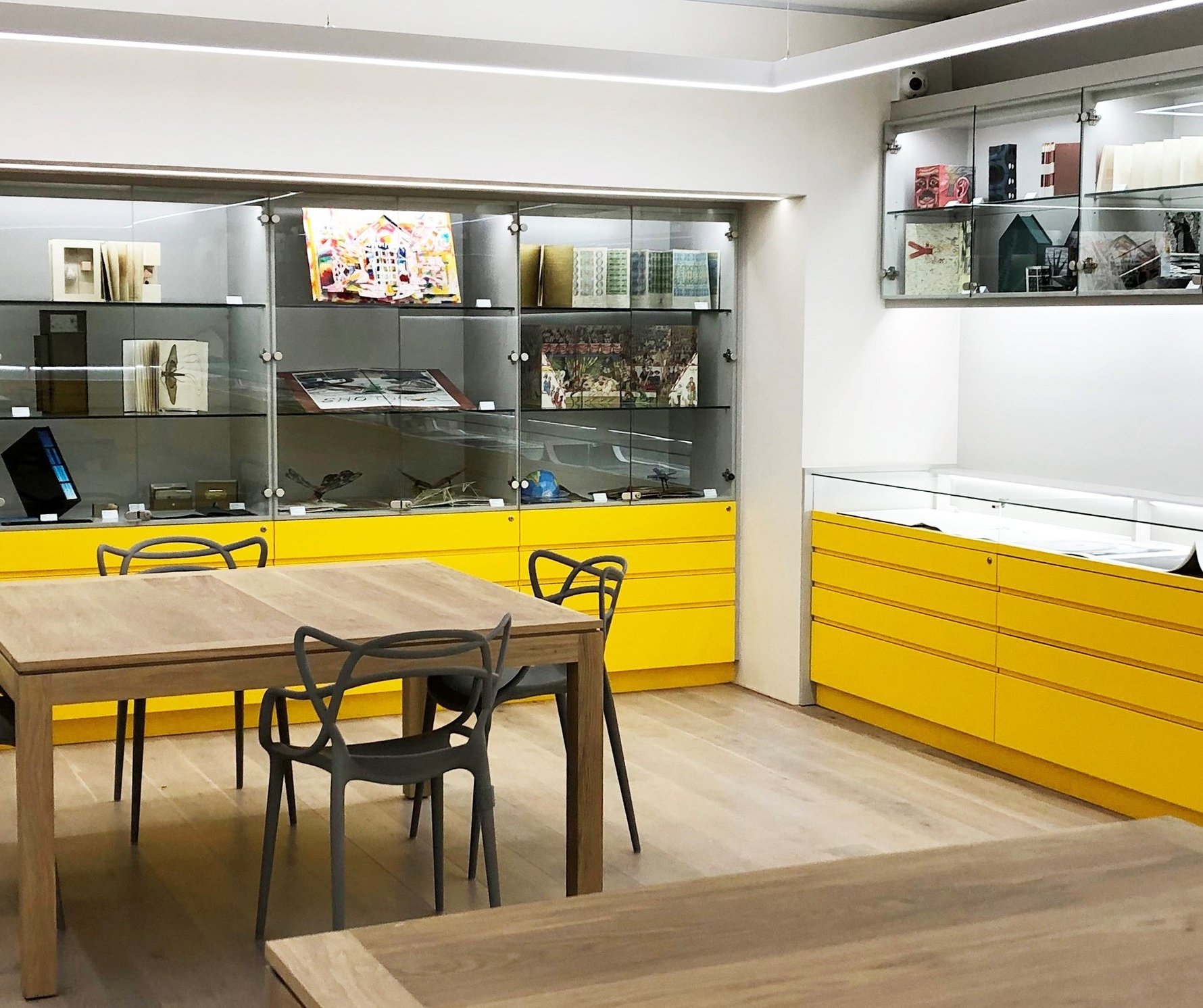
Your favourite Joburg suburb, and why you choose it?
Saxonwold, which is where I grew up. Besides its quiet pavements, I love the high vaults of jacaranda trees over the streets.
What three things should a visitor not leave Joburg without seeing or experiencing?
Soweto; a good braai; and Jan Smuts House Museum in Irene.
One song on your Joburg soundtrack that either is about Joburg or makes you think about this city?
Anything from Graceland, Paul Simon’s controversial, mbaqanga-laced album. Old Mol (a four-piece rock and roll band) is also a memorable Joburg band for me.
Most memorable meal you've eaten in Joburg?
Pizza at Franco’s in Parkview.
If you were the Joburg mayor for one day (average tenure) what would you change?
The laws around littering.
If you could buy one Joburg building which would it be?
I think Villa Arcadia, especially if I could keep the pictures in the Pinker Room.
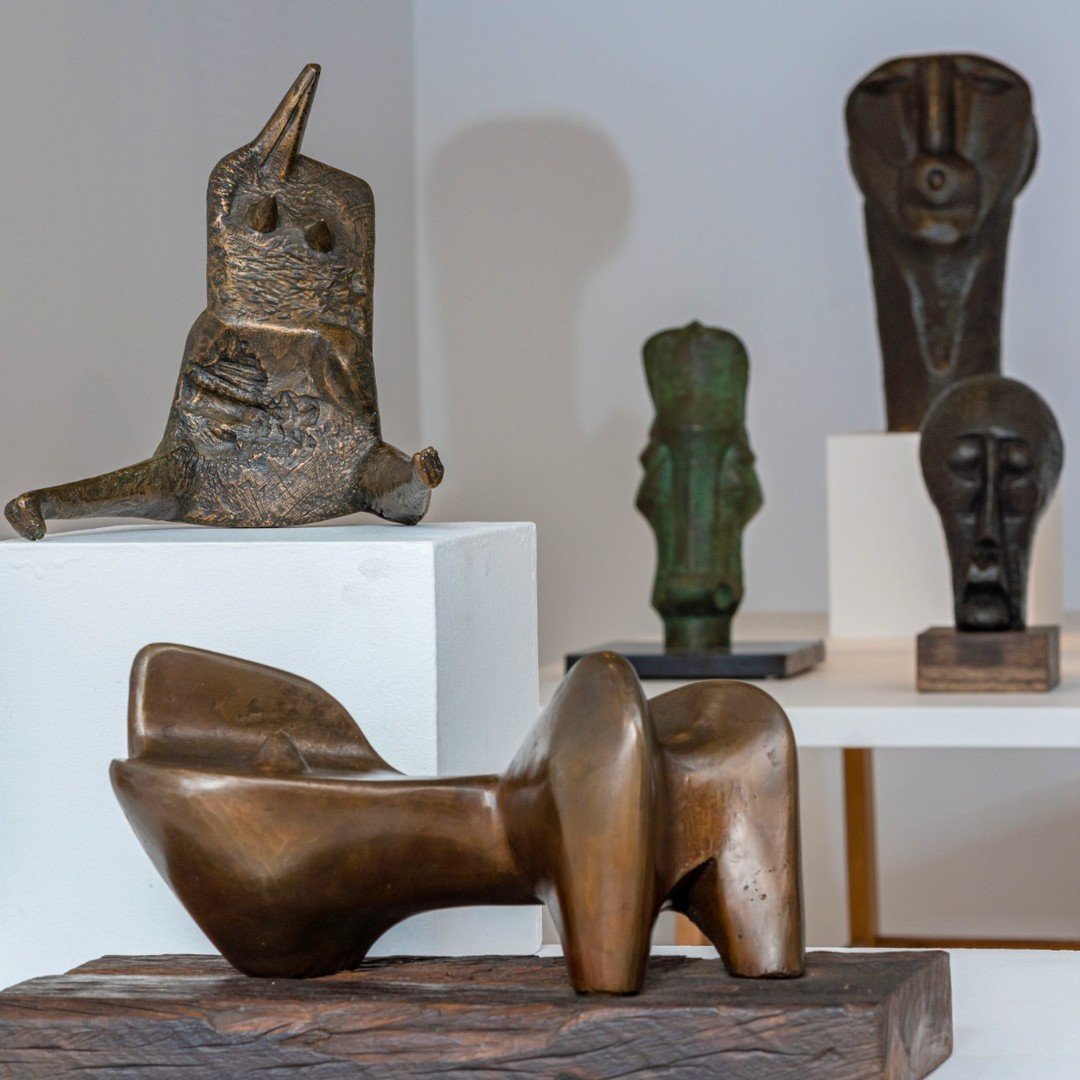
What makes someone a Joburger?
A predilection for bending the rules.
What do you love most about Joburg?
It must be the weather and the light. I love winters on the Highveld.
What do you least like about Joburg?
Perhaps the distance to the sea.
Your number-one tip for a first-time visitor to Joburg?
Don’t be too nervous. The city is friendlier than its reputation suggests.
One Joburg personality whom you would honour with the freedom of the city if you could, and why?
William Kentridge, for all he's done for the local art scene.
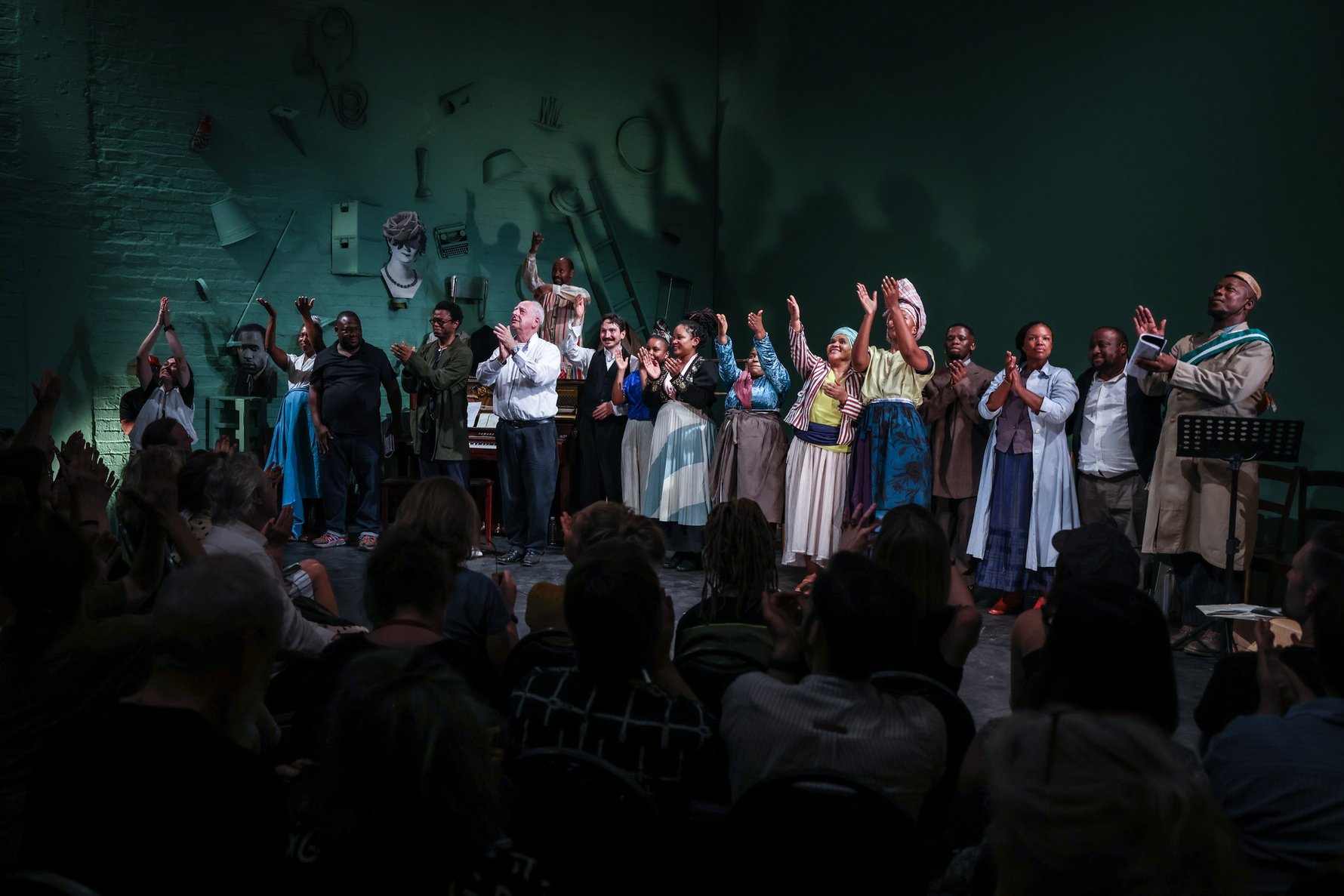
The perfect weekend in Joburg includes...
A test match at Ellis Park, preferably between the Springboks and the All Blacks.
Three words that describe this city.
Sunlit, resilient, neglected.
Check out some of our previous #MyJoburg interviews for more insights into the city:
#MyJoburg with Titi Mashele, Banditz Bicycle Club co-founder
#MyJoburg with Sarah Barret of Joburg 360 Tours
#MyJoburg with Tamzyn Botha, director at Shade Brixton


_m.jpg)
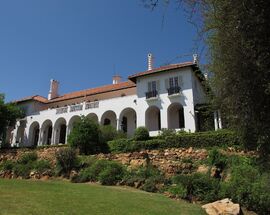
_m.jpg)


Comments